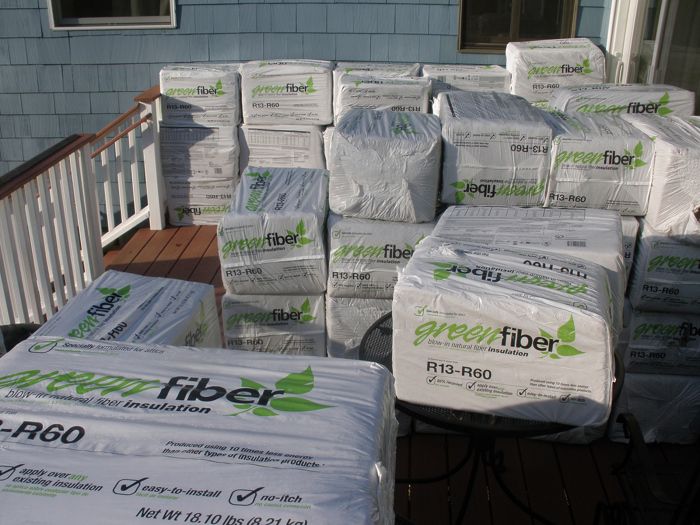Insulating an Old Cottage
Learn how to insulate a house that has no exterior wall sheathing.

Just like you described in your piece on insulating walls with no sheathing (“Energy-Smart Details,” FHB #260), my 1929 cottage on Lake Huron (climate zone 5) has no exterior wall sheathing. It is used mostly between April and November and is unheated the rest of the year. Parts of the cottage are insulated with fiberglass, but some areas and a cathedral ceiling are uninsulated, which is causing problems with ice dams. There is also little in terms of a vapor barrier. My plan is to use the combination of air-permeable insulation and rigid foam you described on the interior, and a 1/2-in. layer of rigid foam with a ventilated rain-screen assembly under new vinyl siding. Since the building is only occasionally heated, should I be concerned about moisture control?
—Eric Schoettle, via email
Martin Holladay: That article addressed solutions for remodelers only working from the inside. Since you plan exterior work, your approach can be different. Before proceeding, consult an engineer to determine whether the lack of wall sheathing on your house is structurally worrisome. If an engineer recommends OSB or plywood wall sheathing, now is the time to install it.
I recommend that you add a thicker layer of exterior rigid foam than the 1/2-in. layer you mentioned. In your climate zone, it’s best for the exterior rigid-foam layer to have a minimum R-value of R5 if your walls are framed with 2x4s, or R-7.5 if your walls are framed with 2x6s. To achieve R-5, you need 11⁄2 in. of EPS, 1 in. of XPS, or at least 1 in. of polyiso (the performance of which suffers as the temperature drops). To achieve R-7.5, you need 2 in. of EPS, 1-1/2 in. of XPS, or at least 2 in. of polyiso.
If you want to open up your walls on the interior for other reasons, you can fill the empty stud bays with the insulation material of your choice. This could be either fiberglass batts, blown-in fiberglass, or dense-packed cellulose.
If your cathedral ceiling is uninsulated, adding insulation will certainly reduce the chance of ice dams. (For more information on this, see “Insulating a Cathedral Ceiling,” FHB #228.)






View Comments
"This could be either fiberglass batts, blown-in fiberglass, or dense-packed cellulose."
How about mineral wool batts, such as Roxul? It seems to beat fiberglass in several ways.
Dense pack cellulose is the most effective solution of those presented. This must be well done. The other options simply act as filters without effective air sealing.